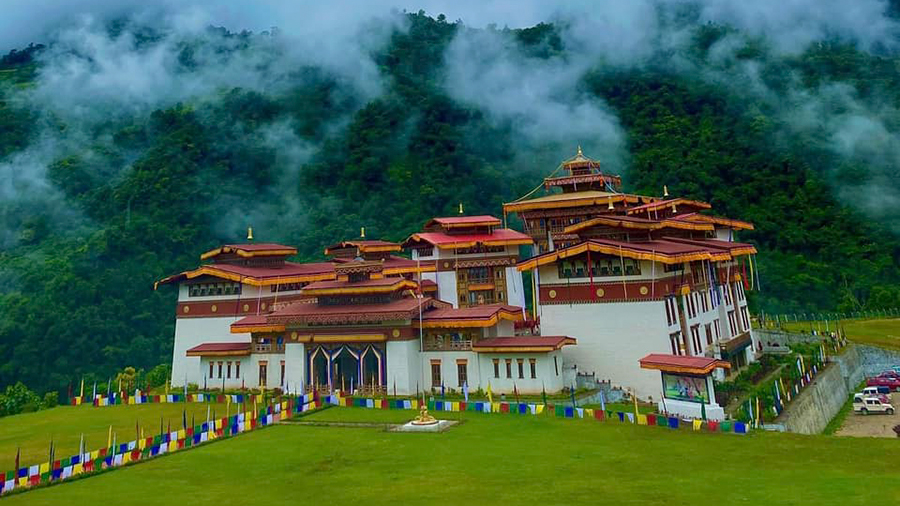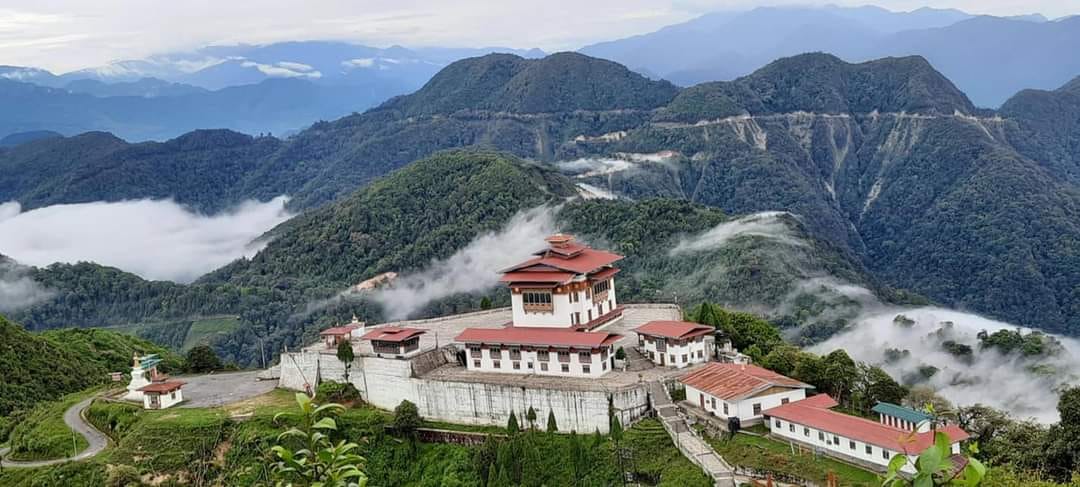![]() info@rusticfrontiers.bt
info@rusticfrontiers.bt ![]() +975 17784494/17349862
+975 17784494/17349862
![]() info@rusticfrontiers.bt
info@rusticfrontiers.bt ![]() +975 17784494/17349862
+975 17784494/17349862
Pemagatshel is the smallest district in Bhutan. It covers part of an ancient region called Dungsam which was on the trade route between Trashigang and the Indian state of Assam. It is a rural district with scattered gypsum mines. Tshebar village in Pemagatshel is also known for its skilled craftsmen especially of musical instruments.

Pemagatshel Dzong, situated in Southeastern Bhutan, is a prominent administrative and religious center. Constructed recently, it reflects traditional Bhutanese architectural elegance. The Dzong plays a crucial role in local governance and spiritual life, serving as a venue for important ceremonies and a symbol of cultural heritage in Pemagatshel district.
Yongla Goenpa (Yongla Riwo Pelbar Dargeychoeling Goenpa)

Yongla Goenpa or Yongla Riwo Pelbar Dargeychholing Goenpa in Pemagatshel was reconstructed under the Command of His Majesty The King after the 2009 earthquake caused major damage to the goenpa. It is believed that Yongla Goenpa guards Bhutan’s sovereignty from South and Rigsum Goenpa in Trashiyangtse from North. Historical significance of the two goenpas is so immense.
Yongla Goenpa sits majestically on a mountaintop resembling phurba or a ritual dagger, overlooking the valleys of Samdrupjongkhar and the plains of Assam. It is prominently visible from Tshelingkhor on the Trashigang-Samdrupjongkhar highway. However, the goenpa’s historical significance was never recorded until Lam Sonam Zangpo who was the goenpa’s lam between 1969 and 1970 asked Lopon Dozang from Yurung to record the goenpa’s history.